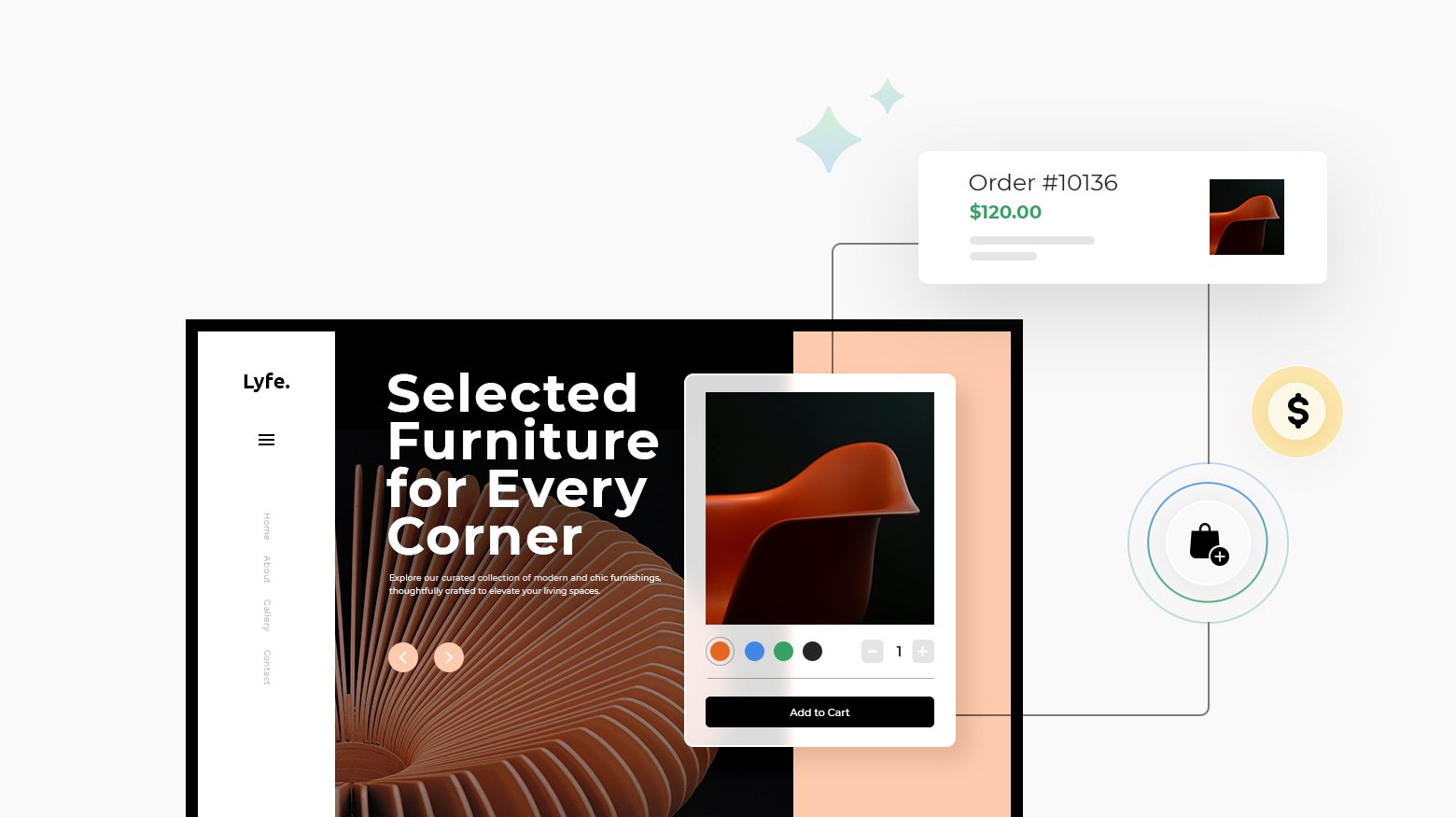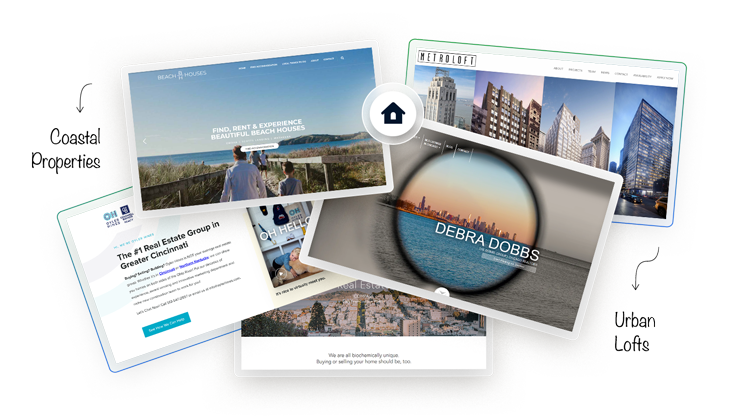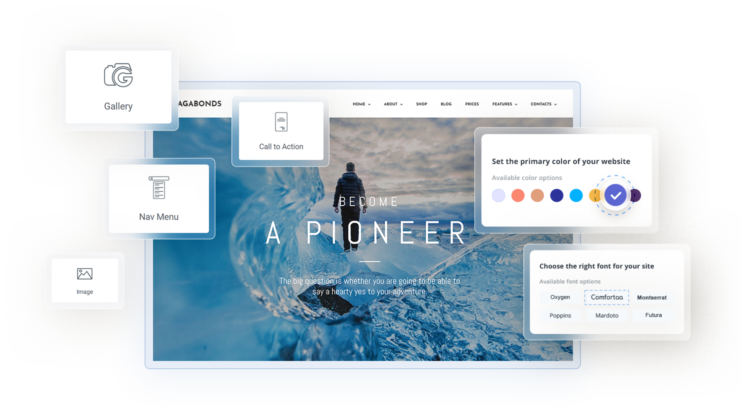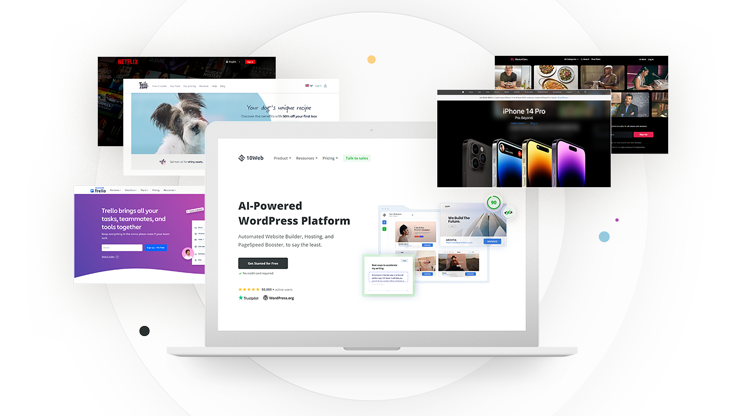Embarking on the journey of starting an online retail business holds immense potential in today’s digital landscape. With the global e-commerce market worth a whopping $3.63 trillion, and continually rising, now, more than ever, is the opportune moment to explore how to start an online retail business.
This guide offers a detailed, step-by-step roadmap to walk you through all the individual tasks and stages of launching a web-based retail venture.
Our aim is to equip you with the knowledge and tools needed to not only survive but thrive in the competitive e-commerce space. From meticulous planning to effective marketing, this guide will help you navigate the crucial stages of establishing and flourishing in your online retail business.
In This Article
- Stage 1: Preparation and planning of your online retail store
- Step 1: Conduct market research
- Step 2: Define your unique selling proposition (USP)
- Step 3: Create a SWOT analysis
- Step 4: Set financial goals and budget
- Step 5: Define your legal structure and register your business
- Step 6: Identify suppliers or manufacturers
- Step 7: Build a team
- Step 8: Plan your inventory management
- Step 9: Create a retail business plan
- Stage 2: Infrastructure setup of your online retail store
- Stage 3: Online presence and marketing of your online retail store
- Step 1: Optimize your website for SEO
- Step 2: Leverage content marketing
- Step 3: Set up email marketing campaigns
- Step 4: Leverage social media and influencers
- Step 5: Run paid advertising campaigns
- Step 6: Display customer reviews and testimonials
- Step 7: Set up an affiliate marketing program
- Step 8: Launch retargeting campaigns
- Step 9: Monitor and analyze your marketing efforts
- 10 creative and lucrative coaching business ideas to get inspired
- Conclusion
- FAQ
Stage 1: Preparation and planning of your online retail store
Many want to jump straight into starting a retail business, forgetting that planning is the key to success. This initial stage equips you with the essential strategies and insights on how to start an online retail business.
From defining your unique selling proposition to understanding your target audience, this stage lays a solid foundation for your e-commerce venture, making sure you’re prepared for all situations.
Step 1: Conduct market research
Market research is pivotal for knowing how to start an online retail business. It helps you gauge demand, learn the target audience’s preferences and pain points, and identify your competitor’s strengths, weaknesses, and pricing.
This will help you understand the opportunities and pitfalls in your industry to position your business in the optimal way.
Here is some of the information you should look for during your research:
- Market size: Find out how many people are interested in your products, and how much revenue the average business generates.
- Target audience: Investigate the demographics of your audience (age, gender, location, jobs, income level, etc.).
- Competitive landscape: Find out who your main competitors are, and how hard it is to compete.
- Trends and insights: Is the market going up or down? Are there recent events driving interest in particular directions?
There are many popular market research tools you can use, such as Google Trends, SurveyMonkey, SEMrush, Statista, and even Facebook Audience Insights.
Step 2: Define your unique selling proposition (USP)
A Unique Selling Proposition (USP) is vital for standing out in the online retail world. It not only differentiates your business from the competition but also grabs the attention of potential customers.
An example is focusing on sustainable materials as a fashion brand, or producing handcrafted jewelry.
Here are a few tips you can use to develop a USP:
- Know your audience: Understand their needs and preferences.
- Analyze competitors: Identify gaps or areas to excel.
- Highlight benefits: Emphasize unique product benefits.
- Quality and pricing: For example, you may want to offer premium, wholesale, or cheap alternative goods.
- Customer feedback: Take into account feedback from early customers.
Step 3: Create a SWOT analysis
Developing a SWOT analysis is another pivotal step in preparing you for how to start an online retail business. This strategic framework helps you assess your venture’s Strengths, Weaknesses, Opportunities, and Threats:
Strengths: Identify internal advantages, such as unique products or a strong team, to leverage in your business strategy.
Weaknesses: Recognize areas that need improvement, such as inventory management or website design, to address proactively.
Opportunities: Explore external factors like market trends or emerging technologies that can help you grow.
Threats: Evaluate potential challenges like fierce competition or economic downturns to develop strategies to cope with them.
Step 4: Set financial goals and budget
Having a sound financial plan from the get-go is crucial for the health of your new business. This will help you create realistic financial goals, and make sure that you have the necessary cash flow to cover all your expenses.
You can also have financial clarity regarding your revenue targets, profit margins, and expense limits. This gives you a precise way to track the performance of your business and its growth. Plus, it helps you manage the financial risks you might face.
Here are some considerations you need to make when creating a financial plan:
- Define your revenue targets.
- Determine startup costs.
- Calculate monthly operational expenses (rent, utilities, salaries, marketing, etc.).
- Set aside a contingency fund for unexpected costs.
- Review and adjust your budget regularly to reflect actual performance.
Step 5: Define your legal structure and register your business
Although it’s a crucial part of how to start an online retail business, not many people consider this beforehand. The decisions you make here carry significant implications for your liability, taxes, and operational flexibility:
- Legal protection: Opting for structures like a Limited Liability Company (LLC) or Corporation can shield your personal assets from business liabilities.
- Tax efficiency: Different legal structures offer varying tax advantages.
- Registration requirements: Research and comply with your jurisdiction’s registration, permits, and licenses to operate legally.
Step 6: Identify suppliers or manufacturers
A reliable supply chain is vital for a sustainable and profitable business. If you’re producing your own goods, you still need to ensure you have a reliable source of raw goods or materials.
Here are some effective ways to locate them:
- Online marketplaces: Platforms like Alibaba, AliExpress, and Global Sources connect businesses with suppliers worldwide.
- Trade shows: Attend industry-specific trade shows and exhibitions to meet suppliers in person.
- Directories: Utilize industry-specific directories or associations to find reputable suppliers within your niche, e.g., Kompass and SaleHoo.
- Online research: Look for potential suppliers using search engines and social media.
- Networking: Connect with fellow entrepreneurs and industry professionals who may recommend reliable suppliers based on experience.
When evaluating suppliers, consider factors such as product quality, pricing, lead times, and shipping options.
Step 7: Build a team
Depending on the size of your business and the ambitions you have for it, you may or may not need a team. Needless to say, your team will play a huge role in the success of starting a retail business, so it’s advisable to have a proper hiring strategy in place.

Here are some things to consider:
- Identify roles: Determine the roles needed, like marketing, customer service, and logistics.
- Recruitment: Use online job boards, professional networks, and referrals to find the right talent.
- Onboarding: Train new team members to understand their roles and responsibilities.
- Communication: Use multiple channels, like Slack, Zoom, and Trello to communicate and collaborate effectively, especially if working remotely.
- Feedback: Regularly provide feedback to motivate and develop your team.
Step 8: Plan your inventory management
Having an efficient inventory management system is an important part of how to start an online retail business. It’s essential for optimizing your expenses while meeting customer expectations.
Here’s how to plan it:
- Demand forecasting: Analyze historical sales data and market trends to predict demand.
- Inventory categories: Categorize products as fast-moving, seasonal, or slow-moving to prioritize restocking.
- Safety stock: Maintain a safety stock level to prevent stockouts during unexpected sales spikes.
- Inventory software: Use inventory management software like Shopify, Zoho Inventory, or TradeGecko for streamlined tracking and control.
- Regular audits: Regularly audit your inventory to get rid of unwanted stock or make sure you’re adequately stocked.
- Automated reordering: Set up automated reorder points to replenish stock when it reaches predetermined levels.
Step 9: Create a retail business plan
In many ways, a retail business plan lays out a roadmap for how to start an online retail business. It’s not only a tool to keep you on track with your business objectives, but also to attract collaborators or investment.
If you’ve never created one before, you can try an AI business plan generator to get you started.
Many of the previous steps will help you formulate a solid retail business plan:
- Executive summary: An overview of your business, highlighting your vision, mission, and goals.
- Market analysis: Lay out market dynamics, such as customer demographics, competitors, and industry trends.
- Product or service offering: Describe your offerings, emphasizing their USP.
- Marketing strategy: Outline your approach, including digital strategies, advertising, and branding.
- Operational plan: Detail day-to-day operations, from sourcing products to order fulfillment.
- Financial projections: Include financial forecasts, budget, and break-even analysis.
- Legal and compliance: Highlight the legal structure, permits, and licenses needed.
- Team and management: Introduce your team and their roles.
- Appendix: Include any supporting documents, such as market research data or resumes.
Stage 2: Infrastructure setup of your online retail store
In this crucial stage, we’ll guide you through the technical steps on how to start an online retail business.
These steps encompass everything you need to actually set up an online retail business; from domain acquisition to selecting the right hosting service, ensuring you have a solid technical backbone for your online retail venture.
Step 1: Acquire a domain name
Your domain name will be the main way for customers to find and identify your brand.
Ensure your domain reflects your brand identity and aligns with your niche. It should also be as memorable and catchy as possible. You can easily register a domain name through popular services like GoDaddy or Namecheap.
If your preferred domain is already taken, try different variations of your name and the top-level extensions (e.g., .com, .co,.store, .shop, etc.).
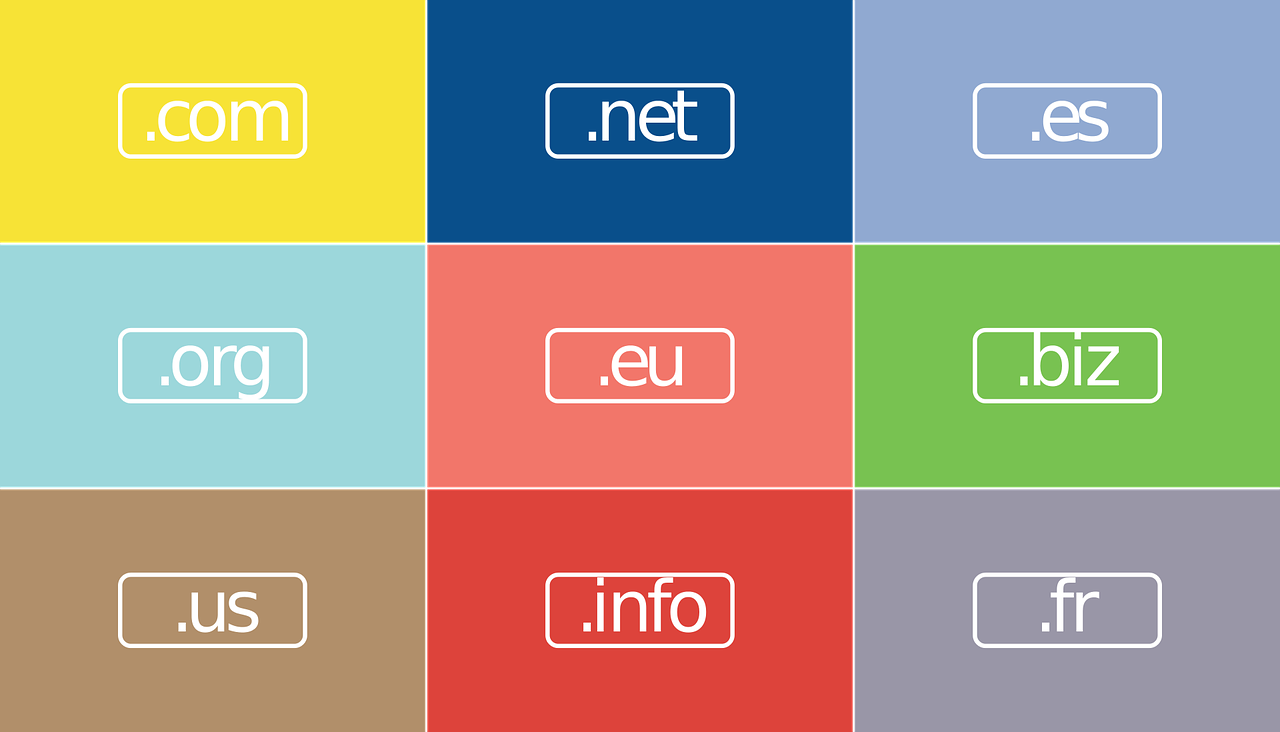
For example, if you’re starting a retail business online specializing in handmade jewelry, a domain like “CraftedGems.com” could be a fitting choice.
Step 2: Choose reliable hosting
What hosting provider you use will play a huge role in the performance of your store. Look for a hosting service that offers excellent uptime, fast loading speeds, and strong security features. Plus, one that can accommodate seasonal traffic spikes or your business’ growth over time.
For example, 10Web’s automated WordPress hosting is built on the powerful Google Cloud platform. On top of a 99.9% uptime guarantee, it has high-speed infrastructure and advanced caching for fast-loading web pages. Its elastic scaling technology can also seamlessly adapt to visitor fluctuations on the fly.
It also comes with other features that will help you manage your store, like 24/7 technical support, backup and restore, and built-in security.
WordPress hosting that's fully automated
Host on 10Web's high performance infrastructure and enjoy all the benefits of a secure Google Cloud Partner hosting and website building with AI.
Step 3: Build and design your website
Traditionally, building and designing a website was the most difficult step in starting an online retail business. It required significant time, technical expertise, and high costs for hiring web developers and designers. For many, this presented a barrier to starting a retail business online.
However, with the advent of innovative tools like the 10Web AI Ecommerce Website Builder, the process has become much more accessible.
The 10Web AI Ecommerce Website Builder is incredibly intuitive, allowing users to create and design their websites with ease. Leveraging the power of AI, 10Web can design and build a professional-looking and fully functional online store in minutes, with minimal input. It also offers powerful tools for you to continue fine-tuning the design and content of your site.
Here’s how it works:
1. Go to the 10Web website and click “Generate Your Website”.
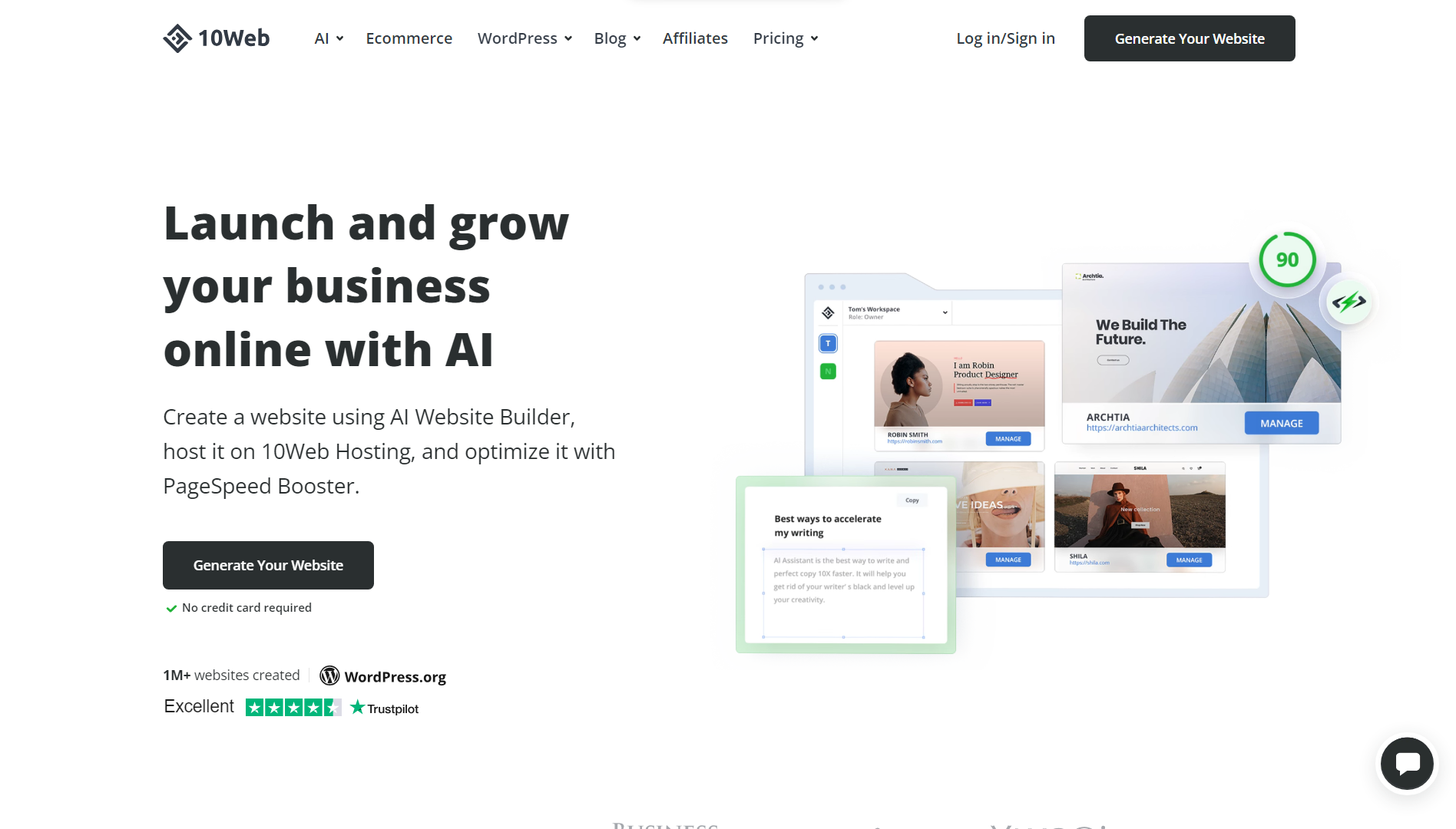
2. You can either ask the AI builder to create a website from scratch. Or, provide it with a URL of a website to use as inspiration, and 10Web will create an online store with a similar design but your own unique branding and content:
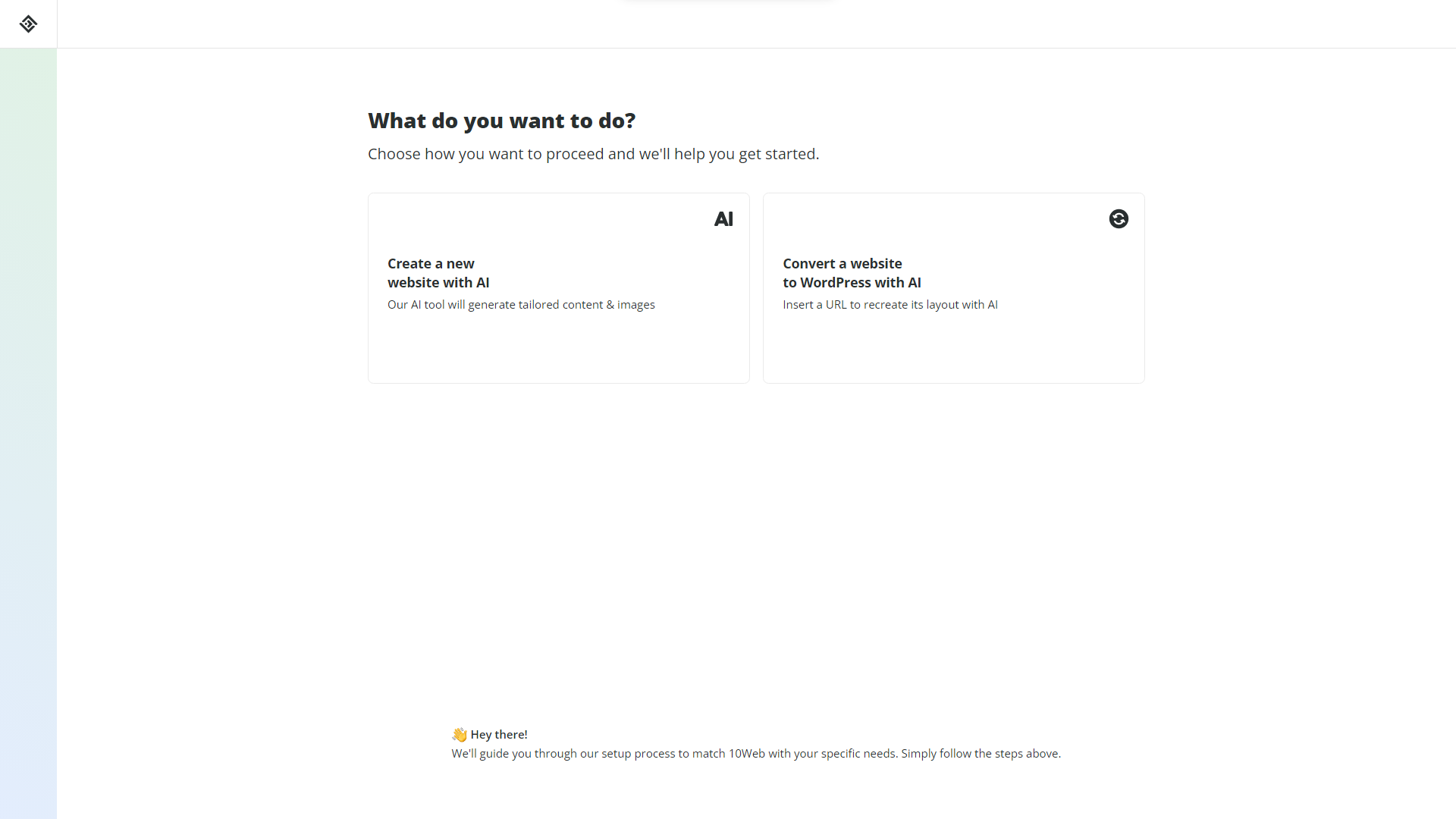
3. Indicate that you want your website to be an online store:
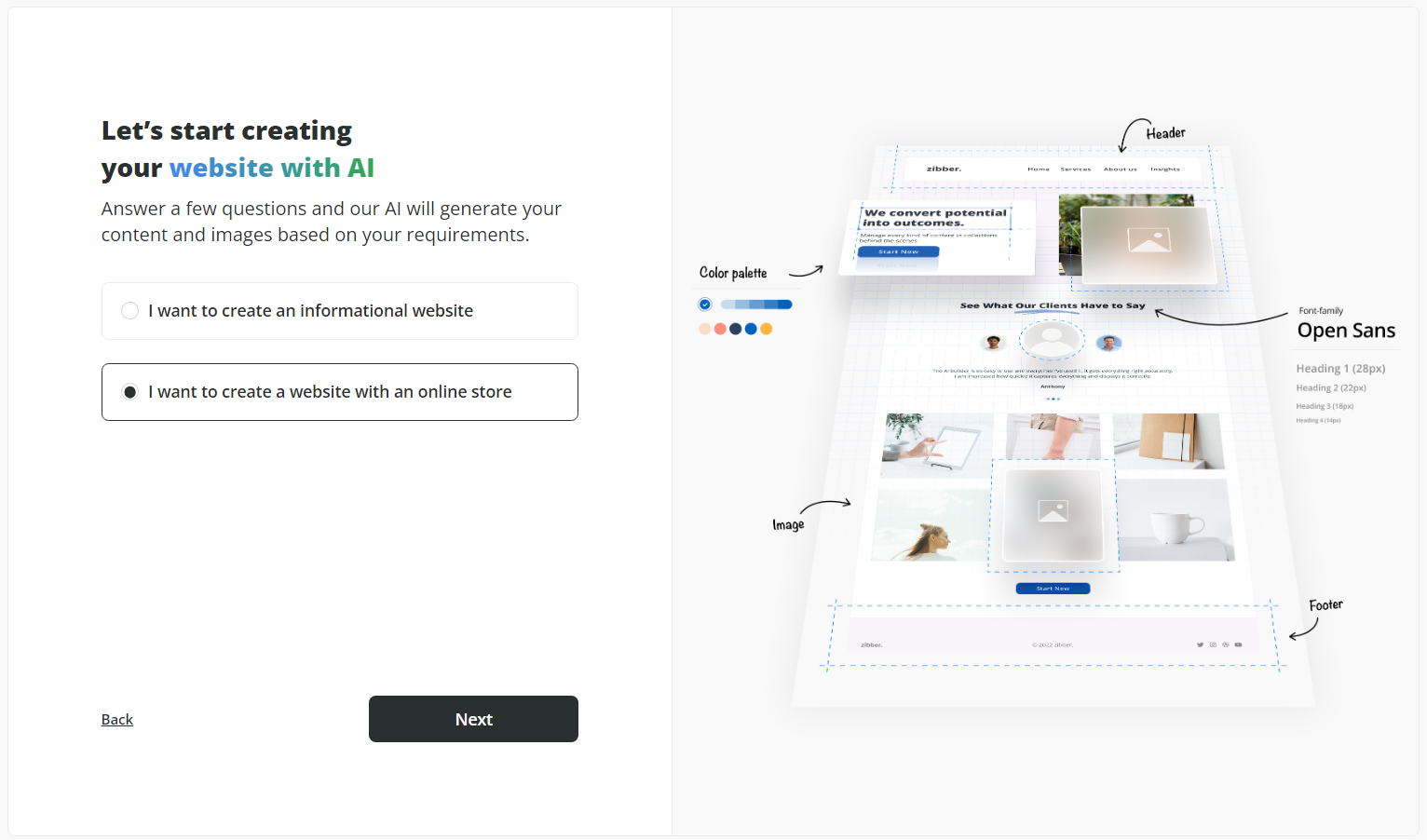
4. Choose the store type that best describes your business:
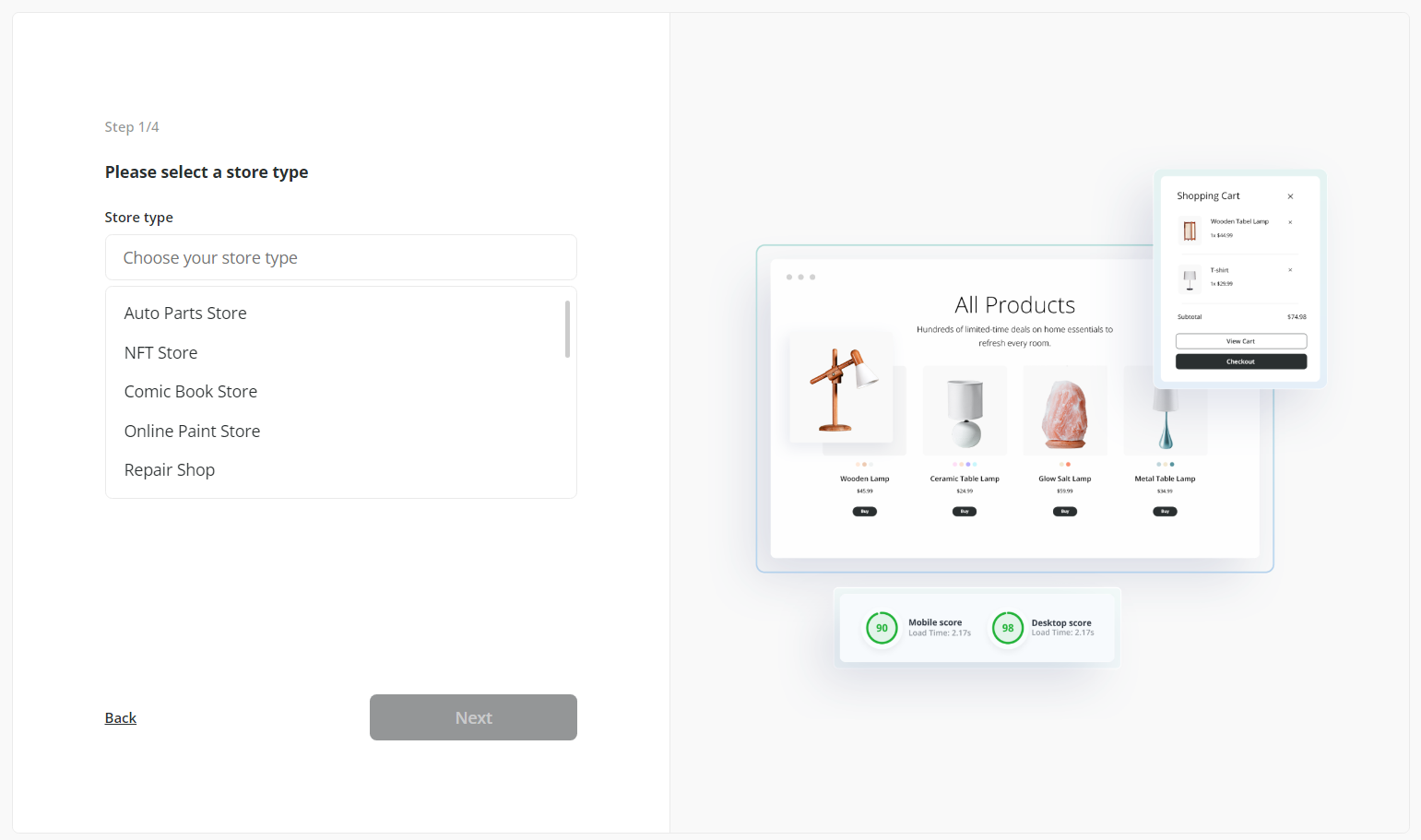
5. Give your store a name and description. You can use the “Enhance with AI” function to improve the description or come up with new variations:
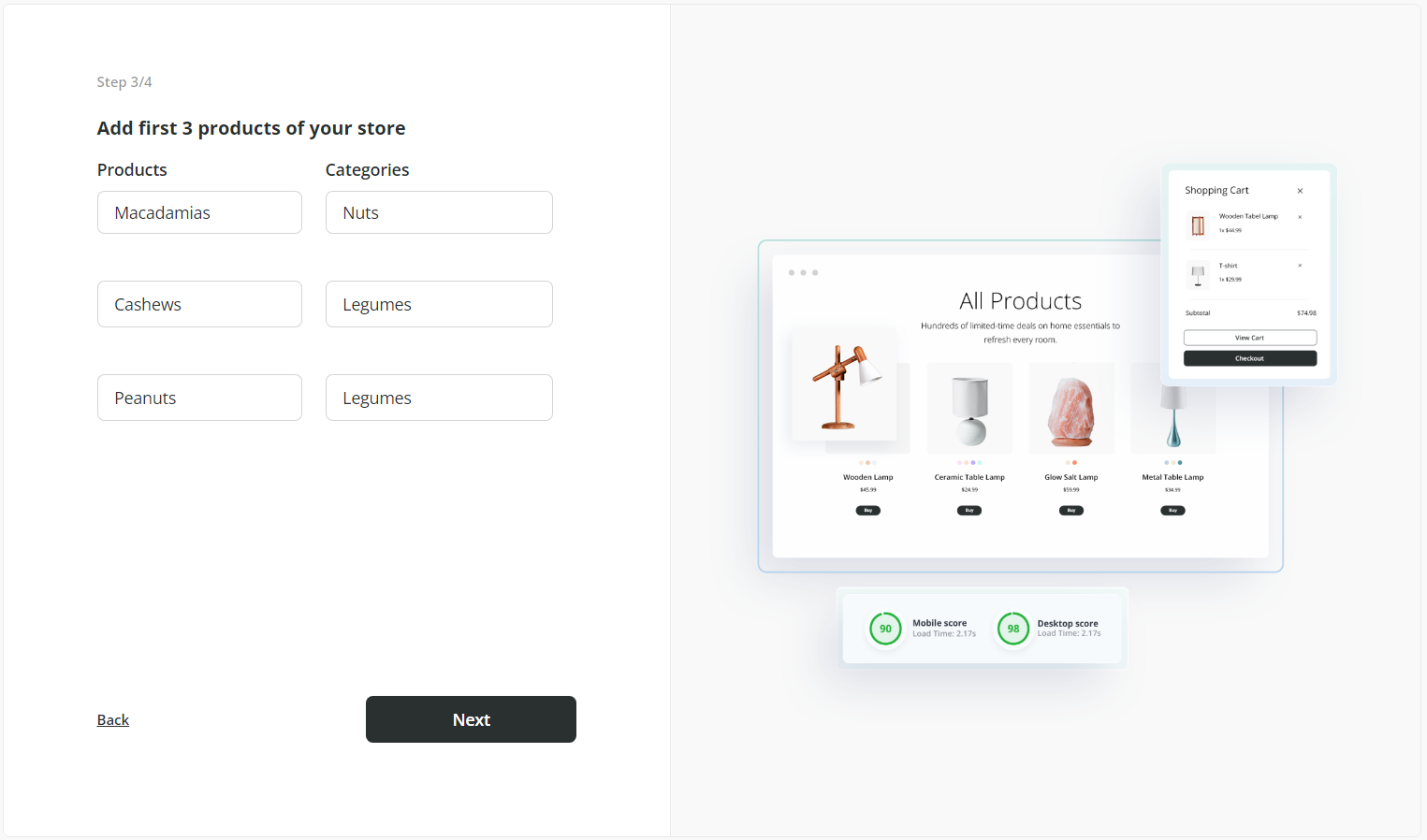
6. Provide three examples of your first products with their categories to give the builder an idea of what you’re selling:
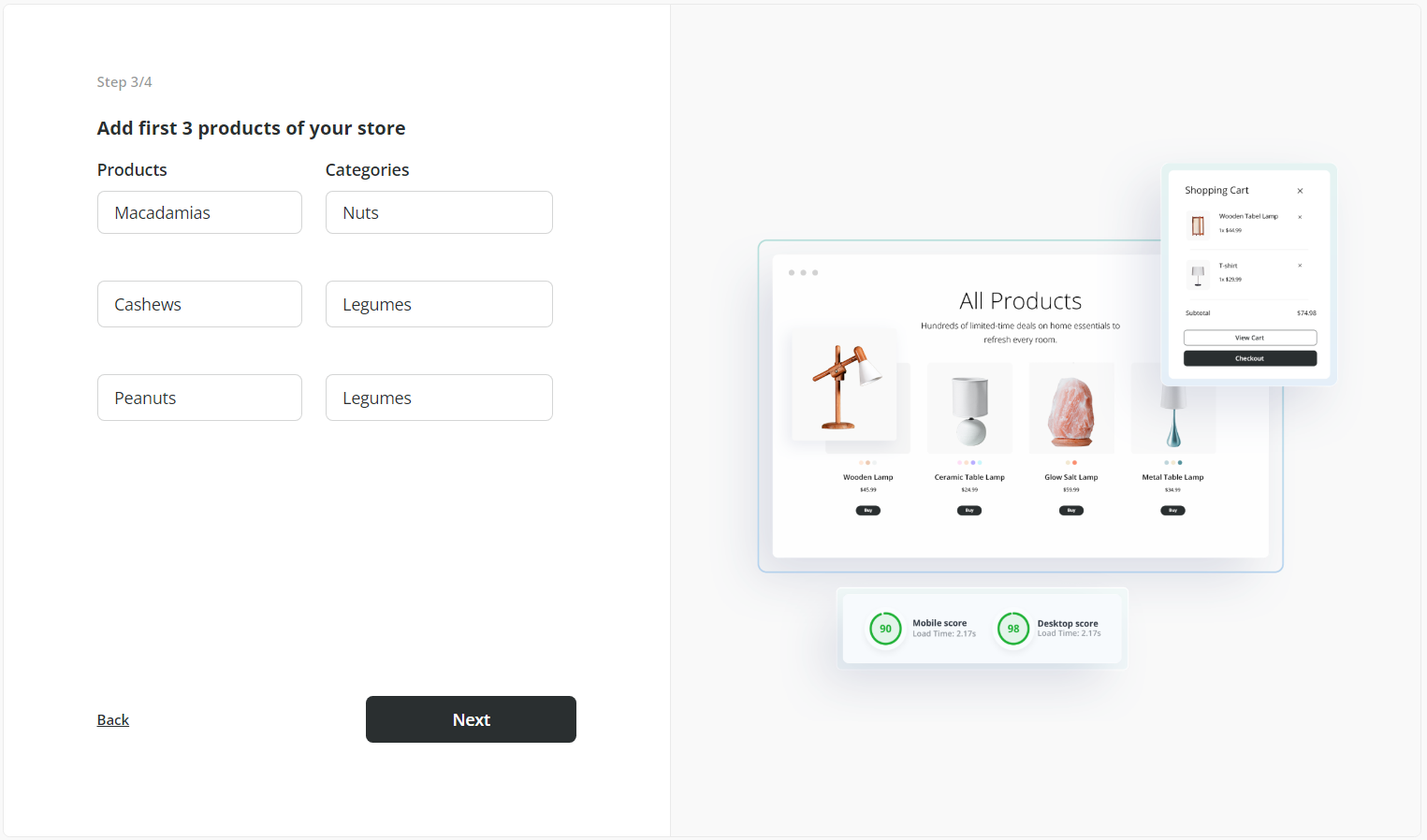
7. Choose your preferred tone of voice, and click “Finalize”:
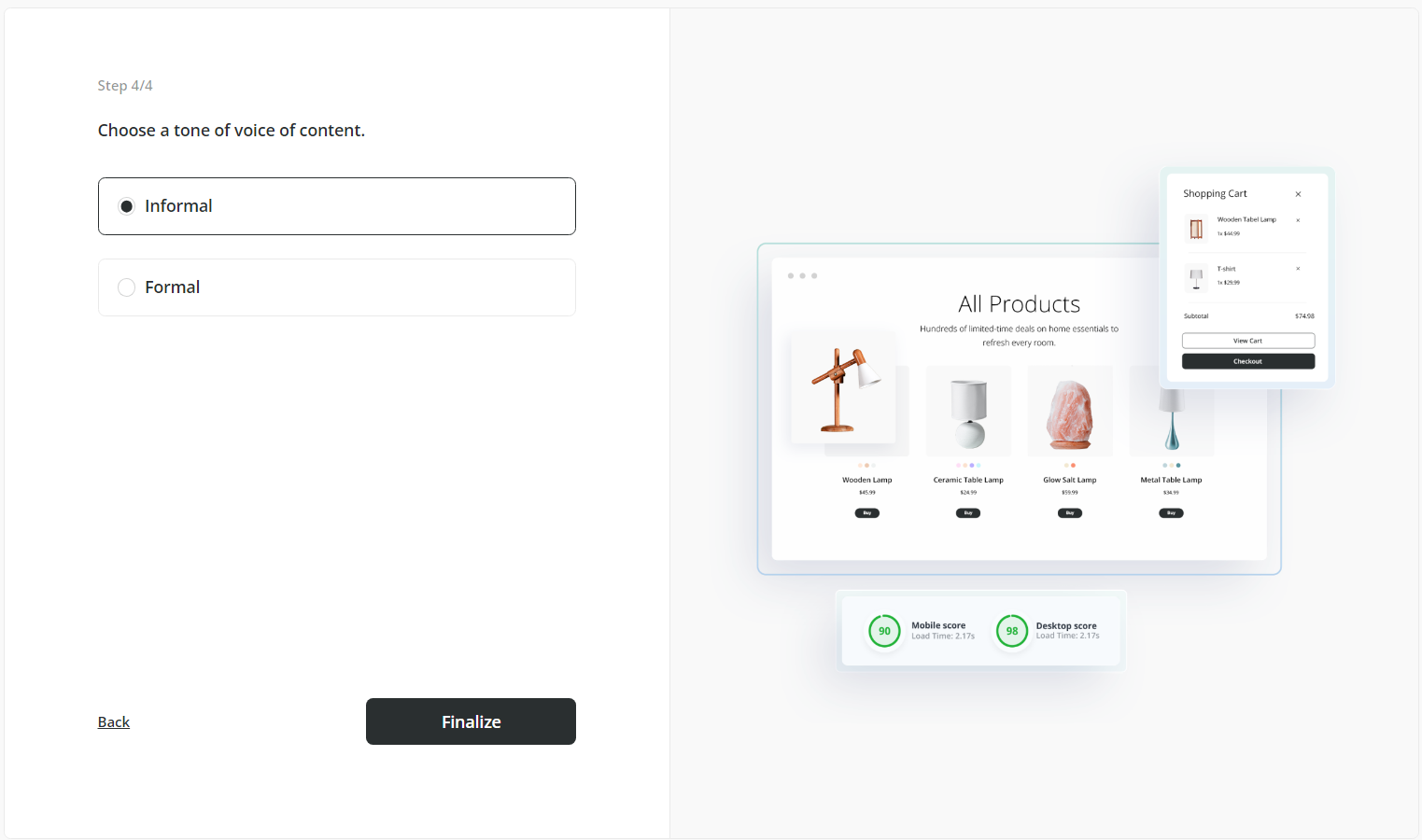
8. Give the builder a few moments to complete generating your online store:
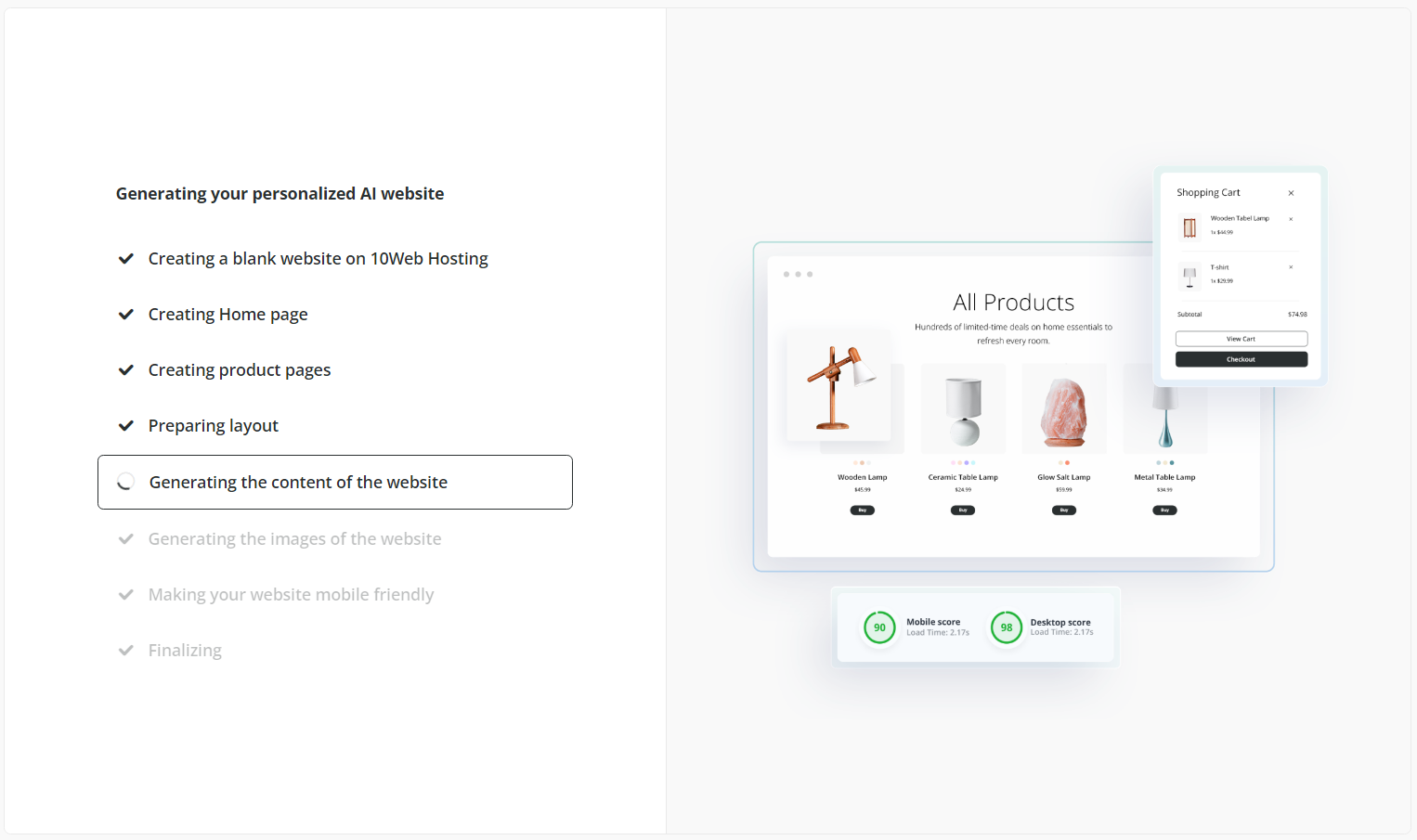
9. Once it’s done, you can immediately preview your site and start editing the design:

And, that’s it. Instead of taking you days, weeks, or months, you’ll have an attractive and working online store in just a few minutes.
You can immediately start adding or customizing pages as well as tweaking the content and design to your preferences. The intuitive dashboard also features an easy-to-use management system to handle orders, products, customers, taxes, shipping and fulfillment, payments, and more. So, you can get your business up and running ASAP.

Looking to sell online?
Create your custom online store in minutes with 10Web AI Ecommerce Website Builder and take your business online.
Step 4: Set up an inventory management system
Efficient inventory management is an indispensable part of knowing how to start an online retail business. This is an ongoing process that starts when you set up your store and continues throughout your business’s lifespan. You can utilize WooCommerce’s built-in inventory management features to:
- Track stock levels: Keep real-time tabs on product quantities.
- Set alerts: Configure low-stock notifications to avoid running out of popular items.
- Manage variations: Handle product variations and attributes seamlessly.
- Integrate suppliers: Use extensions like “WooCommerce Suppliers” to streamline supplier communication.
- Forecast demand: Leverage historical sales data to anticipate future stock needs.
- Automate orders: Implement automatic reordering for hassle-free inventory replenishment.
Step 5: Set up payment gateways and shipping
Customers are more likely to buy if they can use trusted and convenient payment methods. So, integrate secure payment gateways such as PayPal, Stripe, or Square to facilitate seamless transactions. You should also consider using a variety of payment methods, like cash on delivery (COD), credit cards, digital wallets, etc.
You also need to set up proper shipping options to ensure accurate and efficient order fulfillment. WooCommerce offers extensions for various payment gateways and shipping providers to make this easy to do.
Step 6: Implement SEO and security measures
Enhance your website’s visibility with search engine optimization (SEO) strategies. Utilize WooCommerce SEO plugins like Yoast SEO or Rank Math to optimize product descriptions and meta tags.
You also need to take care of the technical side of SEO, by making sure your website is visible to search engines, creating an XML sitemap, and using SEO-friendly URLs.
It’s also important to create a secure website to protect yourself and your customers, not to mention prevent interruptions to your business flow. WordPress plugins like “Wordfence Security” can protect you against potential threats. However, it’s also important that you choose a secure hosting service, like 10Web, that offers extra layers of security with measures to protect against malware and DDoS attacks.
Step 7: Test and launch your online store
Before going live, thoroughly test your online retail store to ensure all functionalities work correctly.
Test the checkout process, payment gateways, and shipping options. You can do this by creating dummy transactions or buying products for real from your own store and testing the full process.
As a last precaution, make sure that all your plugins and themes are updated.
Stage 3: Online presence and marketing of your online retail store
Knowing how to start an online retail business is not complete without understanding how to effectively promote your products, engage your audience, and establish a strong digital presence.
From email marketing campaigns to influencer collaborations, there are many channels you can use to grow your brand, increase traffic, and foster repeat customers. So, don’t skip this vital part of starting a web-based retail business that will help you stand out from the crowd.
Step 1: Optimize your website for SEO
It doesn’t matter if you know how to start an online retail business if you don’t know how to market it. Effective SEO helps make your online store visible to more users. Utilize plugins like Yoast SEO or Rank Math for WordPress to:
- Keyword research: Identify high-performing keywords relevant to your products.
- On-page optimization: Continue to optimize product descriptions, meta tags, and headings with target keywords.
- Technical SEO: Ensure your website’s technical aspects, like site speed and mobile-friendliness, stay optimized.
- Link building: Develop a robust backlink strategy to boost your site’s authority.
Remember that optimal SEO practices are changing all the time, and the relevance and popularity of keywords change with market trends.
Step 2: Leverage content marketing
Content marketing is a powerful tool to engage and educate your audience. Craft informative blog posts, product guides, and (if possible) videos that address customer pain points and provide valuable insights.
This content not only attracts potential customers but also establishes your brand as an industry authority. Enhance your website’s discoverability with SEO-focused content marketing plugins like Rank Math, to use keywords and pursue topics that have the most value for your audience.
Also, have a strategy to repurpose the same content for different marketing channels and mediums, like blog posts, social posts, YouTube, etc., to get more value out of it.
Step 3: Set up email marketing campaigns
As part of learning it doesn’t matter if you know how to start an online retail business, email marketing can be an important way to build your audience and start fresh in your customers’ minds.
Build and segment email lists using tools like Mailchimp or Constant Contact. Send personalized product recommendations, newsletters, and promotional offers to nurture customer relationships and drive repeat business.
Step 4: Leverage social media and influencers
Utilize social media management tools like Hootsuite or Buffer to schedule posts and engage with your audience on platforms like Facebook, Instagram, and Twitter. Consistent social media presence fosters brand awareness and customer engagement.
Also, collaborate with influencers in your niche to promote your products and expand into new audiences. You can use influencer marketing platforms like AspireIQ to connect with influencers.
Step 5: Run paid advertising campaigns
If you have the budget for it, investing in targeted advertising campaigns using Google Ads and Facebook Ads Manager can be a game-changer. Keep monitoring and adjusting your ad spend for maximum ROI, ensuring your ads reach the right audience at the right time.
Step 6: Display customer reviews and testimonials
Encourage satisfied customers to leave reviews and testimonials on your website. Plugins like WP Customer Reviews for WordPress can help you manage and display customer feedback. Up to 90% of customers admit to being influenced by reviews and ratings, so it’s a great way to build trust and drive conversions.
Step 7: Set up an affiliate marketing program
Establish an affiliate marketing program using plugins like AffiliateWP to incentivize affiliates to promote your products and drive sales. While this will impact your profit margin, it’s a great way to effectively outsource marketing your products and reach high-intent audiences.
Step 8: Launch retargeting campaigns
This is a great hack to get repeat business from customers that have bought from you before. You can launch retargeted ads using tools like AdRoll or Retargeting.biz to re-engage potential customers, and remind them of your products to encourage new conversions.
Step 9: Monitor and analyze your marketing efforts
Frequently use tools like Google Analytics and WooCommerce Analytics to track website performance, customer behavior, and sales data. Make data-driven decisions on whether your current strategies are still effective and how to optimize them. To quickly test and improve your efforts, you can use methods like A/B testing, which helps you focus on the most effective strategies.
Related Articles
9 creative and lucrative retail business ideas to get inspired
Exploring innovative retail business ideas can be the spark that ignites your entrepreneurial journey. These ideas not only inspire but also offer some insights into how to start an online retail business.
By examining real-world examples of successful businesses in each category, you can gain inspiration and discover opportunities on how to start a retail business from home:
Eco-friendly products
Cater to the environmentally conscious crowd by selling sustainable and eco-friendly products. For example, Package Free offers a wide range of eco-friendly products, from reusable kitchenware to zero-waste beauty items.

Personalized gifts
Tap into the gift-giving market by offering customized and unique gift items. For example, Etsy allows artisans and crafters to sell personalized and handmade products.
Health and wellness
Capitalize on the growing health and wellness trend by selling products like supplements, vitamins, and fitness equipment. Myprotein sells a wide range of supplements, with sleek, modern branding.
Pet accessories
Pet owners are spending more on a wide variety of pet products, from food to toys and accessories. For example, Chewy has become a one-stop shop for pet owners.
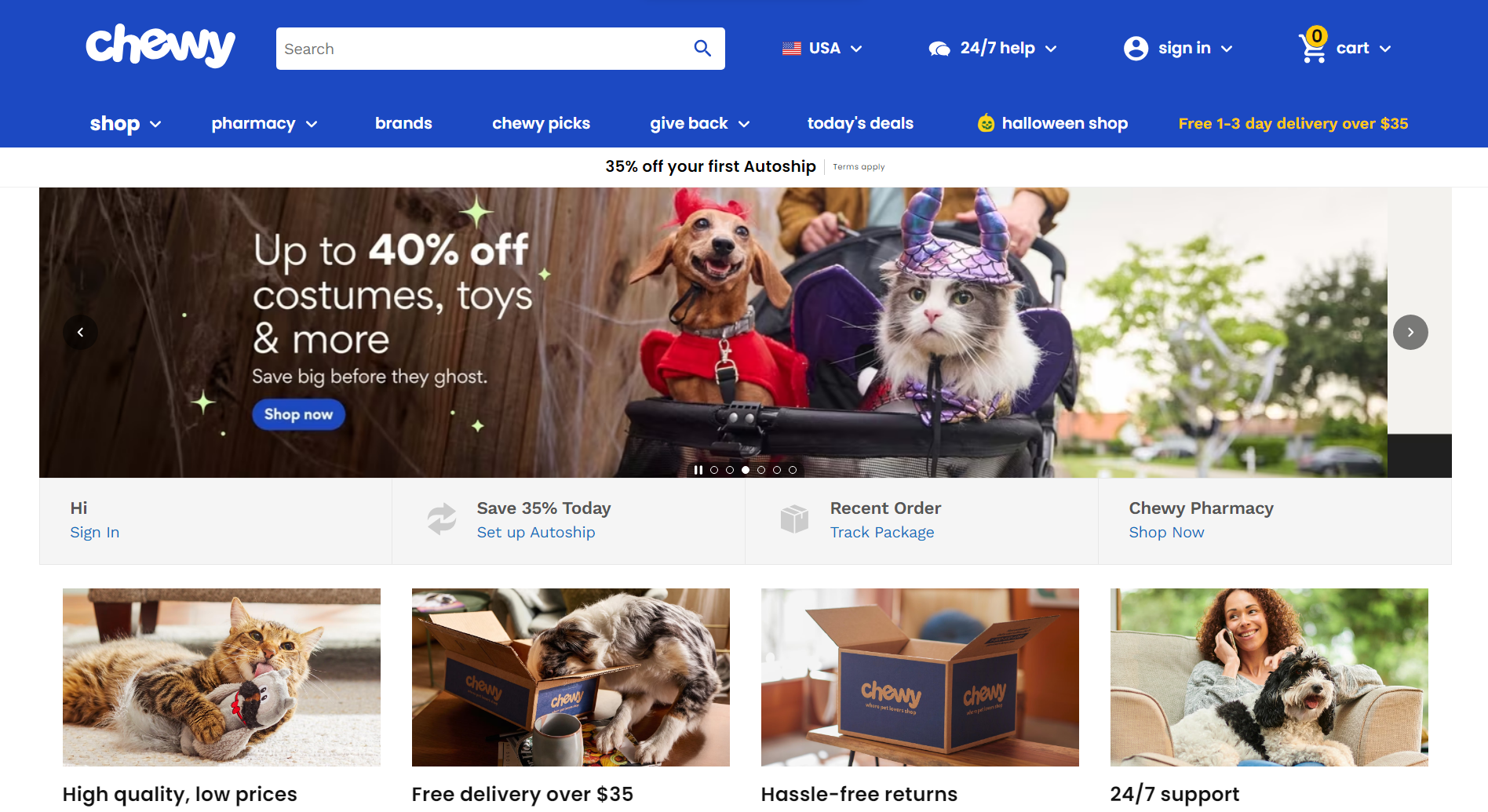
Tech gadgets and accessories
Sell gadgets and accessories like phone cases, headphones, and chargers. OtterBox, for example, is known for its durable phone and tablet cases.
Athleisure and activewear
Blend fashion and fitness by offering stylish activewear that can be worn both in and out of the gym. Lululemon has taken this niche by storm by offering stylish activewear.
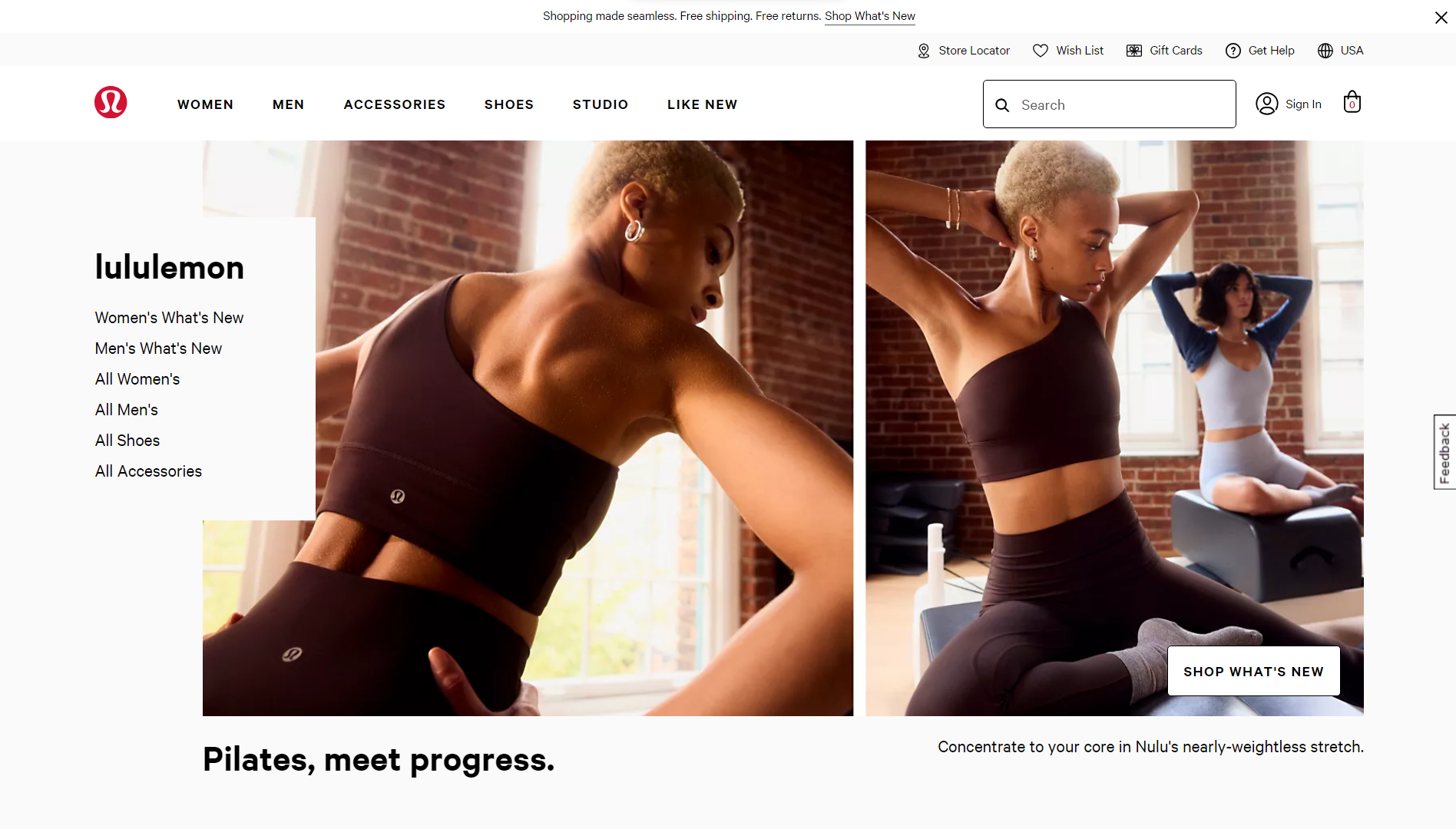
Home office and remote work products
Take advantage of the remote work trend by selling ergonomic office furniture, accessories, and home office solutions. Fully provides ergonomic office furniture and accessories, including standing desks.
Niche food products
Focus on a specific food niche, such as organic snacks or gourmet condiments, to serve a targeted customer base. For example, Kettle & Fire specializes in premium bone broth for the health-conscious market.
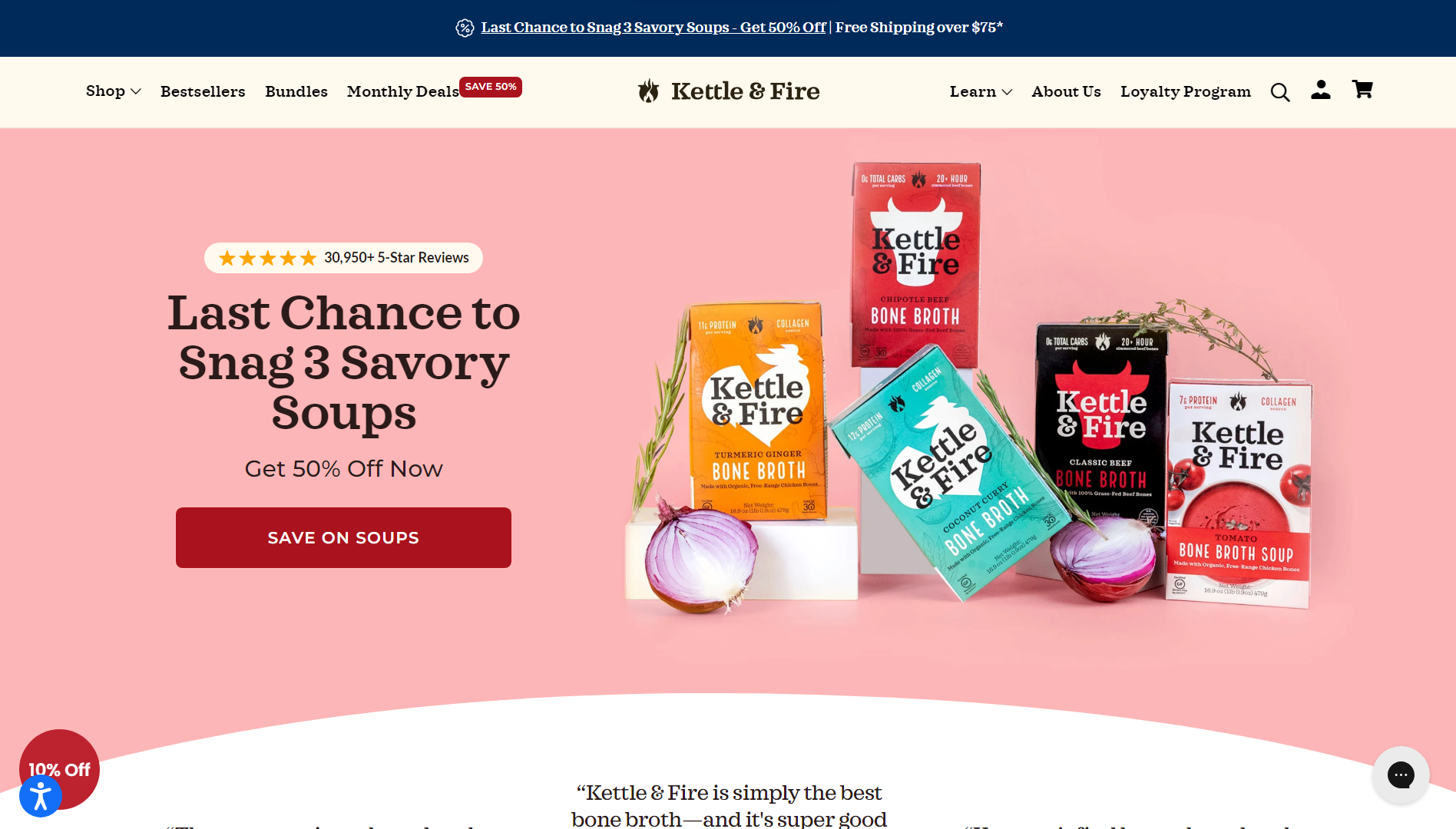
Customized apparel and merchandise
Enable businesses and individuals to create branded merchandise through print-on-demand services. Printful offers customized print-on-demand apparel.
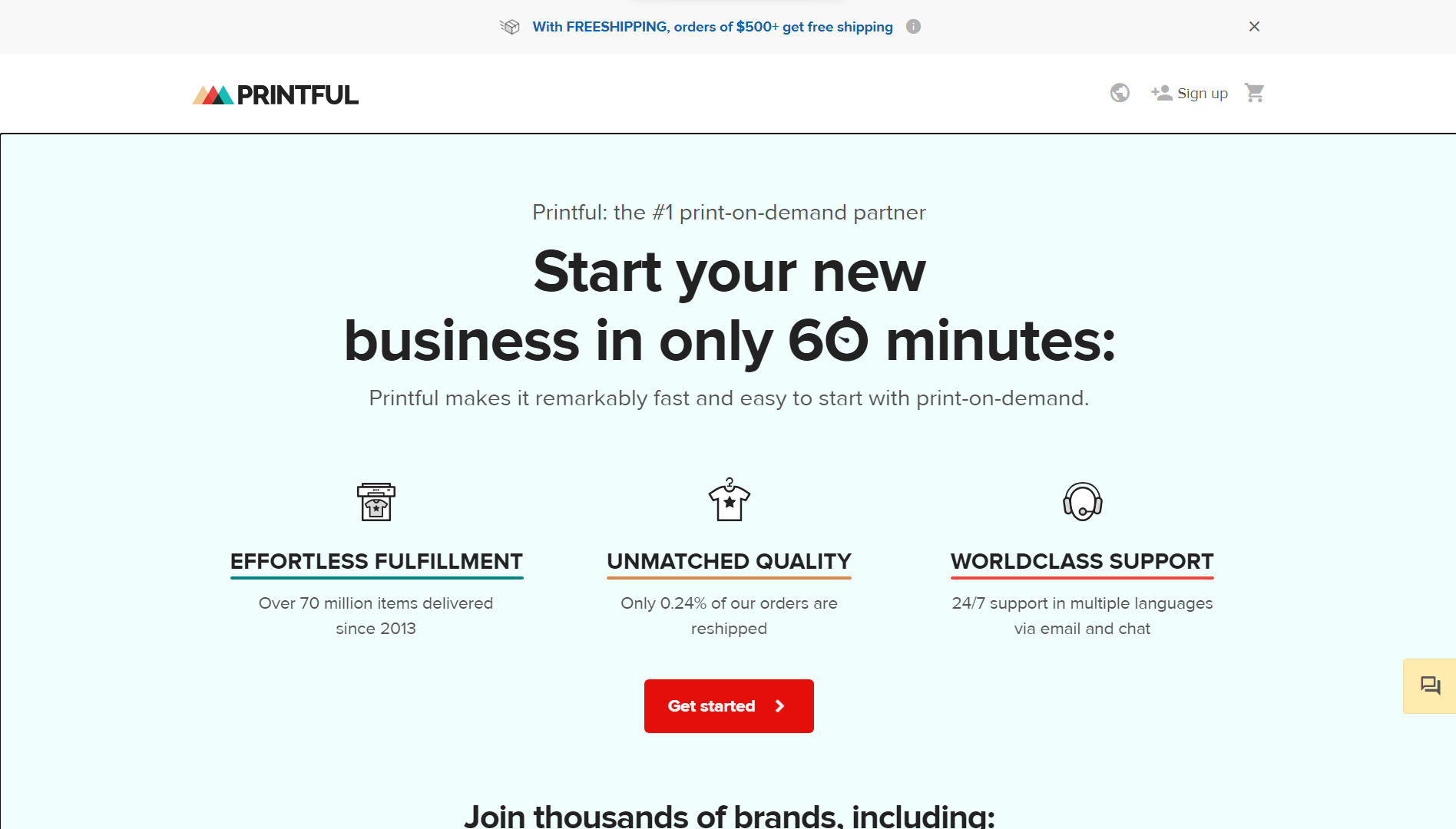
Conclusion
Now that you’ve discovered how to start an online retail business, keep this guide as a checklist to make sure the entire process goes smoothly. Follow each step meticulously, from planning and infrastructure setup to marketing and expansion, and you’ll be selling in no time.
By utilizing the right strategies and tools, you’ll not only simplify the process of launching a web-based retail business but also position yourself for growth in the competitive e-commerce landscape.
One essential tool on your journey could be the 10Web AI Website Builder, to accelerate your journey to creating an alluring online storefront efficiently. It allows you to focus on how to start an online retail business and market your brand globally, instead of the technical aspect of building and designing a website.
Get a head start on website creation with AI
Create a custom website tailored to your business needs 10X faster with 10Web AI Website Builder!
FAQ
Can I start an online retail store with minimum or no initial funds?
To learn how to start a retail business from home with minimal investment, consider using 10Web’s AI-powered website builder. It swiftly creates a professional website, eliminating the need for costly developers or designers.
Additionally, 10Web offers budget-friendly hosting plans, streamlining your online store setup. With just a modest monthly hosting subscription, you can launch your online retail business affordably.
Do I have to have my own inventory for a retail business?
With dropshipping, you partner with suppliers who handle inventory and shipping, while you focus on sales and marketing. Whitelabeling allows you to rebrand products from manufacturers as your own.
How can I sell internationally if I don't have international supply management?
Additionally, consider utilizing third-party fulfillment services with global reach. These approaches simplify the process, allowing you to tap into international markets and learn how to start an online retail business globally without the need for extensive supply chain management.
Wait!
Your online store
is a click away
Your online store is a click away
-
Create an ecommerce website in 1 minute with AI
-
Set up and manage payments, products & more
-
Grow your business with all in one platform







 Create an ecommerce website in 1 minute with AI
Create an ecommerce website in 1 minute with AI 





